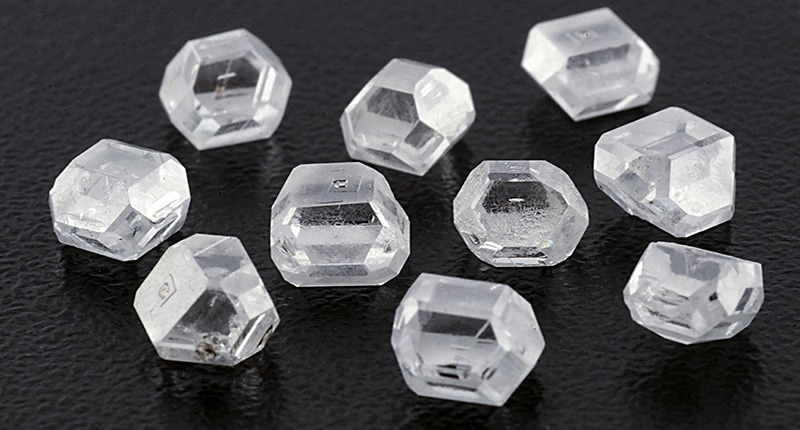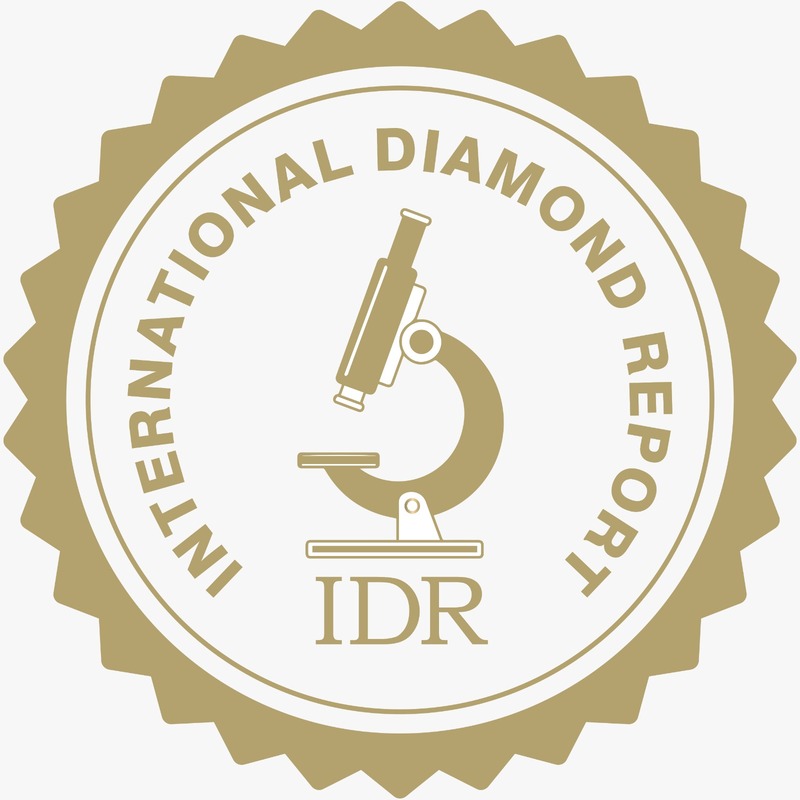LABORATORY GROWN DIAMONDS
|
Synthetic diamonds, also referred to as "man-made", "lab-grown" or "created" diamonds, are diamonds manufactured in a laboratory - as opposed to natural diamonds, which form naturally within our Earth.
The acute shortage of industrial quality diamonds, mainly used in a variety of industrial applications, has been improved in part by the advent of synthetic diamonds. These have been manufactured by a range of different technological processes for over half a century. However, in recent years it has become technologically possible to produce gem-quality synthetic diamonds of commercially significant size and weight. |
At present, the annual production of gem quality synthetic diamonds is only a few thousand carats, whereas the total production of natural diamonds is around 120 million carats per annum. Nearly all synthetic diamonds are fancy-colored; mostly yellow, orange, blue, and, very occasionally, colorless to near-colorless.
The IDR Laboratory issues diamond reports for natural diamonds, which form naturally within the Earth and will not issue a report for lab grown diamonds. This step is taken in the interest of clear delineation for consumers - Gemstones should only change hands when accompanied by a certificate attesting to quality. Regardless of location or marketplace, an authentic IDR is the common language of trust and confidence in the gemological world.
The IDR Laboratory issues diamond reports for natural diamonds, which form naturally within the Earth and will not issue a report for lab grown diamonds. This step is taken in the interest of clear delineation for consumers - Gemstones should only change hands when accompanied by a certificate attesting to quality. Regardless of location or marketplace, an authentic IDR is the common language of trust and confidence in the gemological world.
© IDR ( INTERNATIONAL DIAMOND REPORT ) 2021


